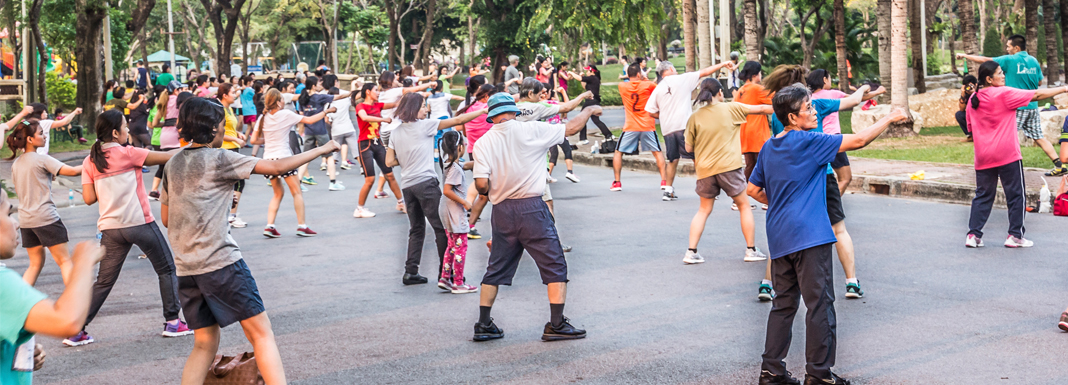Eighty percent of North Americans have X-ray evidence of osteoarthritis by age 65, and sixty percent have significant joint pain. Recent research suggests that osteoarthritis may be caused by inflammation, the same overactive immunity that causes heart attacks and auto-immune diseases. Your immunity is good for you because it kills germs that try to invade your body. However, after the germs are gone, your immunity is supposed to slow down. If your immunity remains active, it can use the same chemicals and cells that attack germs to attack any part of your body, and that includes destroying the cartilage in your joints. Here are some of the recent studies linking osteoarthritis with other diseases of inflammation:
• People with osteoarthritis have high blood levels of galectins that turn on a person’s immunity to cause inflammation, just as in rheumatoid arthritis and reactive arthritis
• People who eat an anti-inflammatory Mediterranean-type diet (high in plants, low in red meat and other pro-inflammatory foods) are at reduced likelihood for getting osteoarthritis
• Factors associated with increased diabetes risk are increased in people who have osteoarthritis
• Overweight women are at increased risk for osteoarthritis
• Taking sugared drinks increases risk for osteoarthritis and the more a person drinks, the greater the risk
• Osteoarthritis is associated with high cholesterol
Types of Arthritis
Doctors classify arthritis into several types, including:
• degenerative arthritis (following trauma. work-induced injury or repetitive motion injury)
• various kinds of reactive arthritis, such as rheumatoid arthritis, in which a person’s immunity is overactive
• infections in joints
• crystal diseases, such as gout, in which crystals form in joints
• osteoarthritis, by far the most common type, where cartilage is worn away and there is no history of trauma or other known explanation. When there is no known cause, treatments are just guesswork. Osteoarthritis is usually treated with non-steroidal drugs (NSAIDs) that help to block pain but do nothing to slow down the destruction of cartilage.
Symptoms of Osteoarthritis
People are usually diagnosed as having osteoarthritis if they:
• have gradually increasing pain in their knees, hips, hands or spine
• are age 40 or older
• have negative results in the standard blood tests for an overactive immunity
• have swelling of the knuckles and joints on the ends of the fingers next to the fingernails, not in the middle finger joints, and at the base of the thumb (Rheumatoid arthritis usually affects the middle joints of the fingers and the joints where the fingers attach to the hand)
• have pain that is usually worse in the morning when a person first gets up. In osteoarthritis, the pain usually lessens as the person keeps moving.
Exercise Treats Osteoarthritis
• A reviews of 55 studies showed that weight bearing exercise reduces pain and improves joint function in osteoarthritis
• Aerobic and strength training for 20 weeks markedly decreased knee pain and increased mobility
• A review of six studies of a total of 656 men and women with knee osteoarthritis found that exercise improves symptoms of knee pain in osteoarthritis and that it did not make much difference whether the knee exercise program was of low or high intensity
See Exercise for Osteoarthrits
Little Evidence That Any Type of Surgery Helps to Treat Knee Osteoarthritis
Removing damaged attached cartilage offers little or no benefit
Why So Much Surgery?
In the United States, medicine is a business and the bottom line of a business is profit. Fifteen years ago, the first of many studies showed that arthroscopic partial meniscectomy is no more effective than a placebo
My Recommendations
If your joints hurt, check with your doctor to see if you have a known cause. If you have sudden locking of a joint and it gets better but then recurs, you may have “joint mice”, loose pieces of cartilage that slip between the cartilage to cause horrible pain. Your doctor can usually fix this by removing the loose pieces by arthroscopy. If your doctor cannot find a cause for your pain, you will probably be told that you have osteoarthritis. Everything you can do to reduce inflammation will help you to combat the pain of osteoarthritis:
• Lose weight if you are overweight. I recommend Intermittent Fasting.
• Eat an anti-inflammatory diet that includes lots of fruits, vegetables, whole grains, beans, nuts and other seeds, and severely restrict red meat, all foods with added sugar, all sugared drinks including fruit juices, and fried foods.
• Keep blood levels of hydroxy vitamin D above 30.
• Exercise and keep moving. Osteoarthritis always worsens with inactivity. However, you must be guided by pain and stop when the pain worsens.
• Avoid sports that involve impact, since the force of your foot hitting the ground can break off cartilage. Do not run, jump or participate in exercise that involves impact of your feet hitting the ground. You can cycle since your feet never leave the pedals, so pedaling is not an impact sport. Swimming is also a good non-impact sport.
• Use non-steroidal anti-inflammatory drugs as needed to control pain, but realize that they do nothing to cure the problem. Take the lowest dose possible to relieve pain.
• If knee pain becomes so unbearable that it keeps you awake at night, you may want to consider a knee replacement. However, replacing your joint requires driving a spike into the middle of the bones of your knee and that pushes aside the shock-absorbing marrow and weakens the bone to increase your chances of breaking the bones if you fall. If that happens, the knee cannot be replaced again until the broken bones heal.

